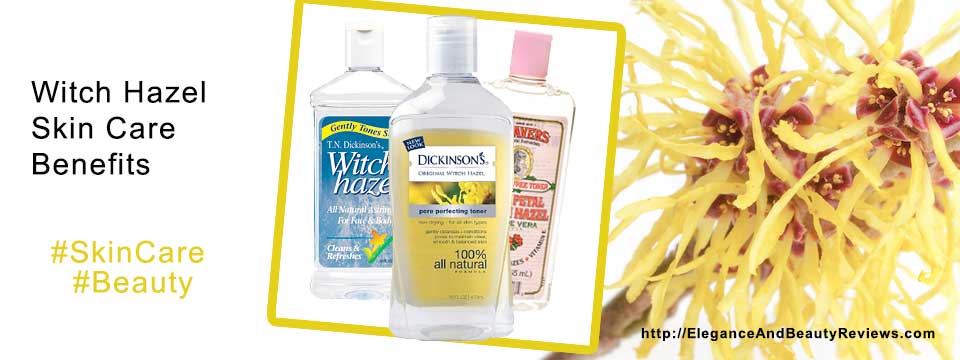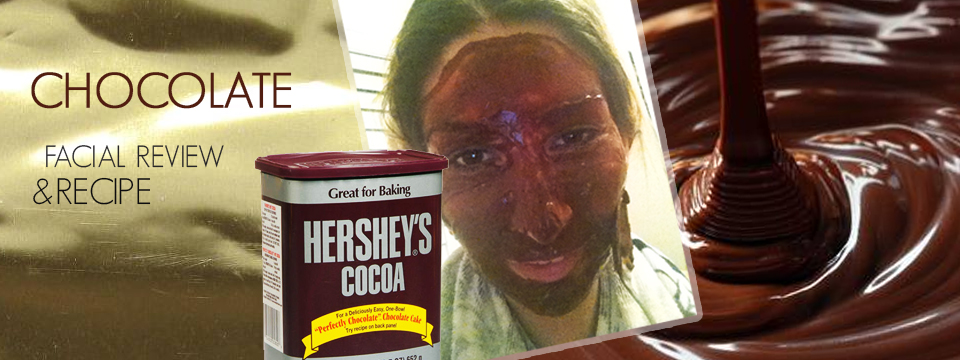Witch hazel, a name that brings to mind mystical spells, is no stranger to the skincare world. But as more and more folks turn to natural remedies to fight the signs of aging, the big question on everyone’s lips is: Does witch hazel make your face look younger? If you’ve been on the fence about including this wonder ingredient in your beauty regimen, strap in. We’re about to unravel its secrets.
The Ancient Roots of Witch Hazel:
– Historical Uses in Skincare:
Long before the advent of chemical peels and laser treatments, ancient civilizations turned to nature for skincare solutions. Witch hazel, derived from the bark and leaves of the Hamamelis virginiana plant, has been a go-to for its soothing properties. Native American tribes, in particular, were known to utilize this plant for treating a myriad of skin conditions.
– Witch Hazel in Ancient Medicine:
It wasn’t just for a pretty face! Beyond skincare, witch hazel found its place in ancient medicine chests. It was used to treat wounds, soothe irritations, and even address internal ailments when ingested as a tea. Talk about a multi-tasker!
The Science Behind Witch Hazel:
– Main Components and Their Effects:
At its heart, the power of witch hazel lies in its unique composition. Rich in tannins, a type of polyphenol, it acts as an astringent, shrinking and constricting body tissues. This explains its efficacy in tightening the skin. Additionally, its anti-inflammatory properties, thanks to components like gallic acid, make it a choice remedy for inflammation and puffiness.
– Clinical Studies and Their Findings:
The claims about witch hazel aren’t just old wives’ tales. Numerous clinical studies have been conducted to understand its effects. One study published in the Journal of Inflammation found that witch hazel significantly reduces skin inflammation, thus aiding in skin rejuvenation.
Practical Uses of Witch Hazel in Modern Skincare:
– As a Toner:
Witch hazel is a darling in the world of toners. As an astringent, it helps refine pores, giving the skin a smoother appearance. Many swear by its ability to balance the skin’s pH levels, making it an ideal pick for those with combination skin.
– Anti-aging Benefits:
Here’s where we tackle our central query: Does witch hazel make your face look younger? The tannins present help tighten sagging skin, while its hydrating properties ensure the skin remains supple and moisturized. Moreover, by reducing inflammation, it can potentially minimize the appearance of fine lines.
Potential Side Effects and Precautions:
– Common Reactions to Witch Hazel:
No single ingredient is a magic bullet, and witch hazel is no exception. Some individuals might experience redness, itchiness, or even minor swelling upon application. It’s always a good idea to conduct a patch test before diving in headfirst.
– When to Avoid Witch Hazel:
If you’re pregnant, breastfeeding, or have certain medical conditions, it might be wise to give witch hazel a pass. Always consult with a dermatologist or healthcare provider to be on the safe side.
Real-Life Experiences: Stories from Users:
– Success Stories:
Jenna, a 42-year-old yoga instructor, says, “I’ve been using witch hazel for the past year, and boy, can I see a difference! My skin feels tighter and looks more radiant. It’s my little fountain of youth.”
– Challenges Encountered:
However, it’s not sunshine and roses for everyone. Mark, a 38-year-old banker, shares, “I wanted to love witch hazel, I really did. But it just didn’t sit well with my skin. I experienced a mild burning sensation every time.”
How to Incorporate Witch Hazel into Your Routine:
– Selecting the Right Product:
Not all witch hazel products are created equal. Look for those that are alcohol-free to prevent skin dryness. Checking for added essential oils or other beneficial ingredients can also be a plus.
– Best Practices for Application:
Less is more! A few drops on a cotton pad, dabbed gently onto the skin, can work wonders. Also, remember to always follow up with a moisturizer to lock in hydration.
Alternatives to Witch Hazel for Younger-Looking Skin:
– Natural Alternatives:
Aloe vera, green tea, and chamomile are all nature’s gifts that can rival witch hazel in their skin rejuvenation properties. They can be wonderful alternatives if you’re looking to explore.
– Over-the-counter Options:
Retinoids, hyaluronic acid, and peptides are all powerhouse ingredients found in many anti-aging products available today. If you’re looking for something more potent, these might be your best bets.
Does Witch Hazel Make Your Face Look Younger?:
Drawing from ancient wisdom, scientific research, and real-life experiences, the consensus leans toward a yes. While it may not be the elixir of youth, it certainly can be a potent tool in your anti-aging arsenal. However, as with any skincare ingredient, individual experiences might vary, so it’s all about finding what makes your skin sing.
its skin-tightening properties. These polyphenols act as an astringent, leading to the constriction and shrinking of skin tissues.
How often should I use witch hazel for the best results?
While it can be tempting to use witch hazel frequently, moderation is key. Most dermatologists recommend using it once a day, preferably in the evening. However, if your skin is sensitive, you might want to limit its use to a few times a week.
Can I combine witch hazel with other skincare ingredients?
Absolutely! Witch hazel pairs well with many other skincare ingredients. However, to avoid potential irritation, it’s best to avoid using it alongside other astringents or strong actives like retinol.
Is it safe to use witch hazel daily?
For most individuals, daily use of witch hazel is safe. But it’s always a good idea to listen to your skin. If you notice any dryness, redness, or irritation, consider cutting back or seeking an alternative.
Are there any age restrictions for using witch hazel?
While there’s no strict age restriction, it’s essential to note that younger skin might not need the astringent properties of witch hazel. It’s best suited for mature skin types looking for tightening and anti-aging benefits.
What part of the witch hazel plant is used in skincare products?
Most skincare products utilize the leaves and bark of the Hamamelis virginiana plant. These parts are rich in the tannins and antioxidants that lend the plant its therapeutic properties.
Conclusion:
The quest for younger-looking skin has seen many trends come and go, but few ingredients have withstood the test of time like witch hazel. Its dual ability to soothe and tighten makes it a jewel in the crown of natural skincare. While it may not turn back the clock, it certainly can make it tick a little slower. So, next time you ponder, “Does witch hazel make your face look younger?”, you’ll be armed with a wealth of information to make an informed choice. Just remember, while nature’s gifts are plentiful, it’s essential to find what works for your unique skin and needs.



